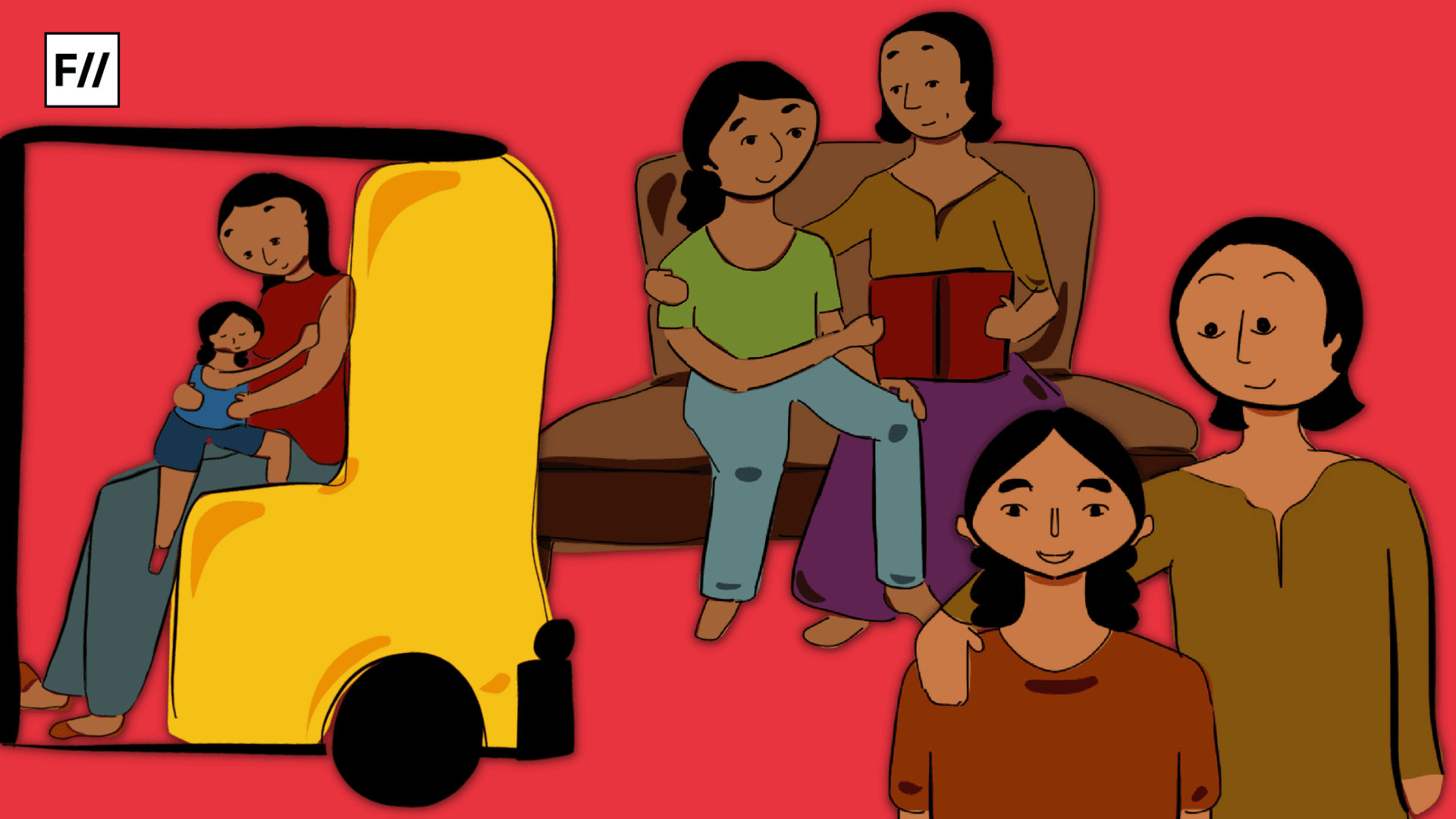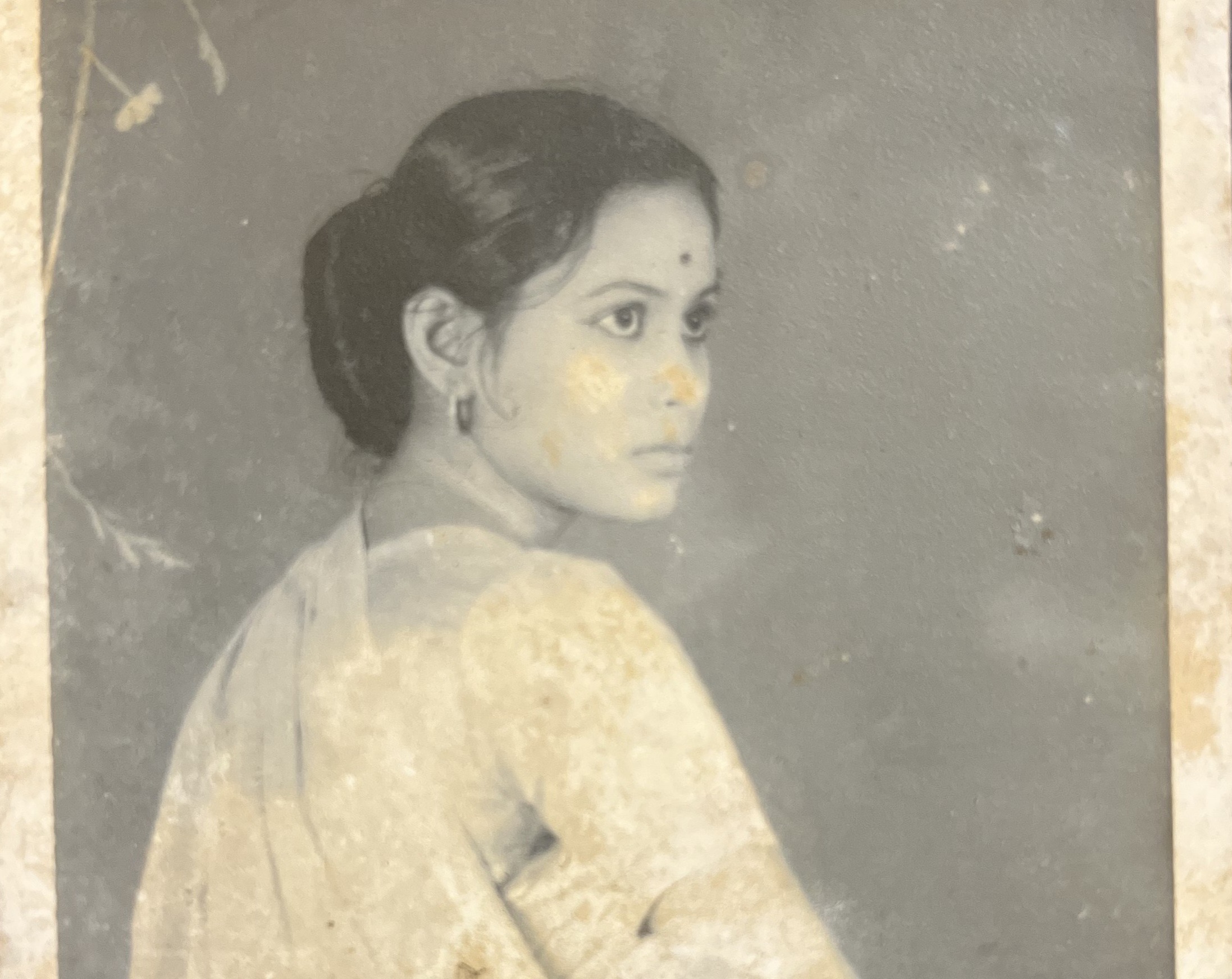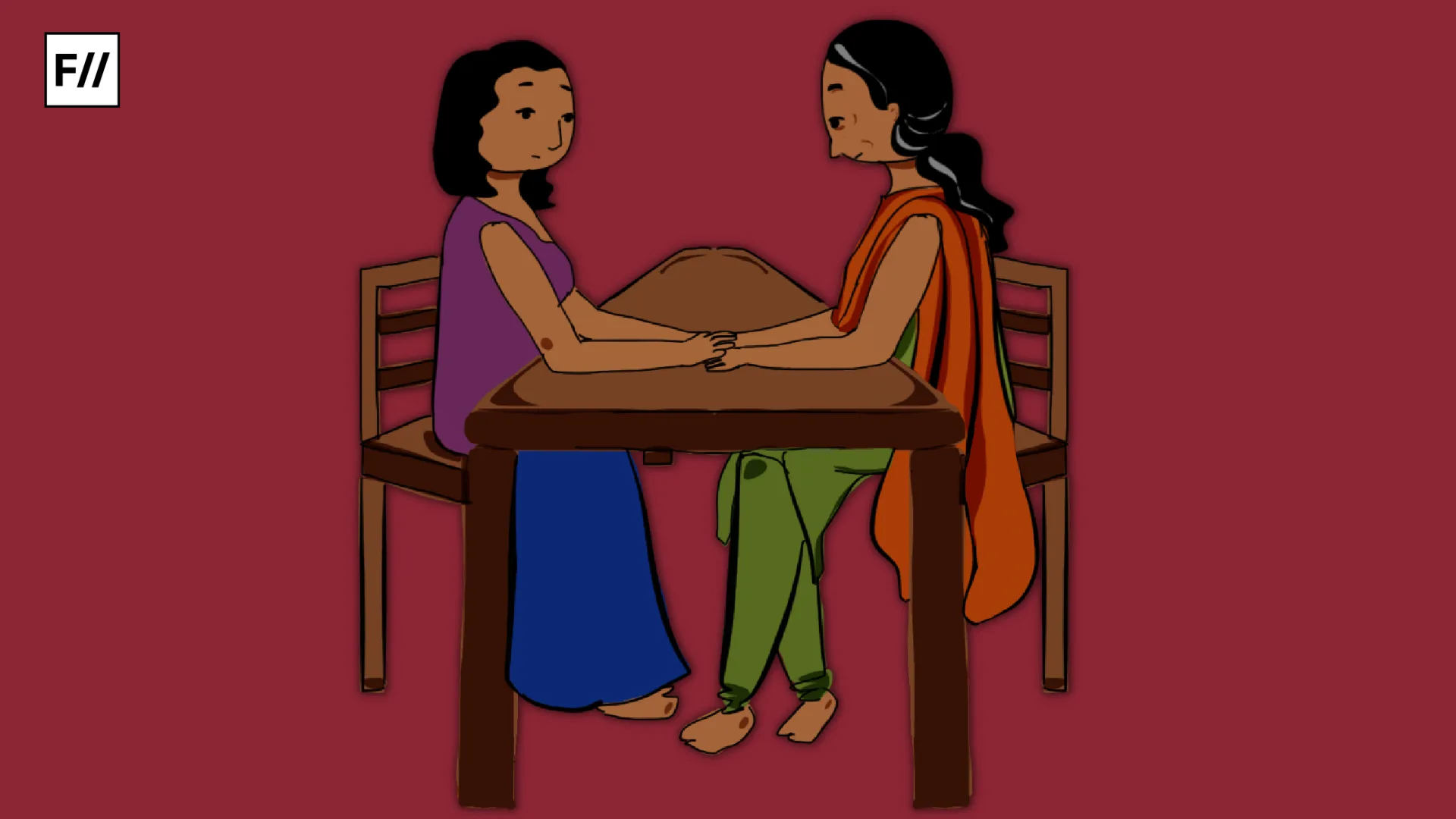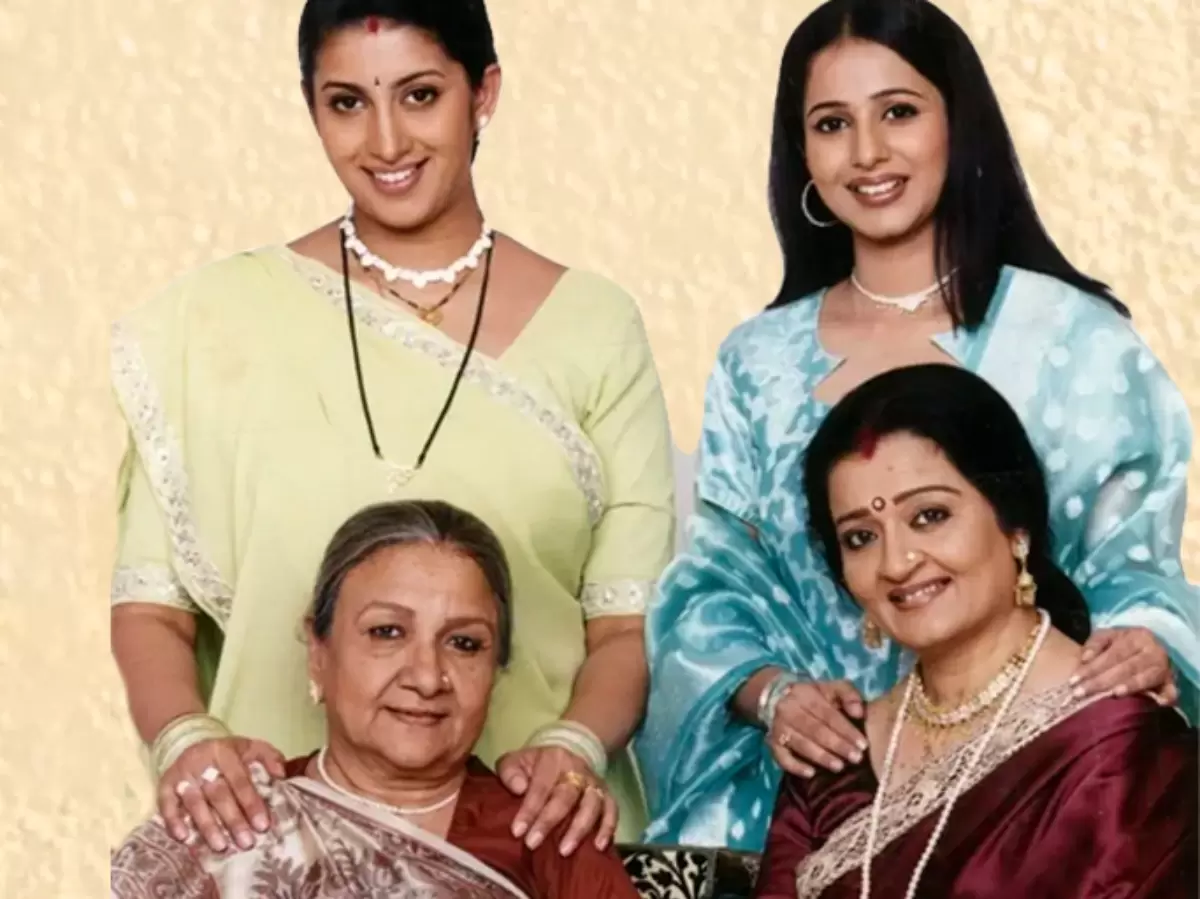My grandmother migrated from East Pakistan (now Bangladesh) to West Bengal during the Partition of India in 1947—an event often referred to as the “Holocaust of India.” It tore through families and homes, displacing millions who were forced to reconstruct belonging from fragments and memory. Like many women in the wake of such forced migrations who survived, my grandmother too endured not only the trauma of physical displacement but also the deeper, quieter violences—emotional, mental, and existential. She lost her home overnight, but more enduringly, she lost a sense of rootedness.
Growing up, I often found myself irritated by her unwavering insistence that I learn music and dance. The same applied for my mother too. In many Bengali households, this insistence has a choreography of its own—persistent, rehearsed, loving, and, at times, stifling. What I once saw as an imposition, I have come to understand as a form of transmission. A passing on. A quiet refusal. How might a feminist reimagining of motherhood help us dwell in these intergenerational ruptures—between the performative and the personal, the sanctioned and the silenced?
I turn to the kitchen—not as a static symbol of domestic confinement but as a sonic and affective archive, where memory and resistance simmer quietly. How can we listen differently to the maternal, and in doing so, reimagine motherhood not as a duty or ideal, but as a lived practice of remembering, resisting, and becoming?
Partition, patriarchy, memory and the quiet rebellion of my grandmother
The history and memory of Partition is often marked by remembering it as the subcontinent’s greatest rupture of home, memory and belonging. With migration came loss: of home, community, language, and belonging. For women, the violence was not only physical but emotional and cultural. Like many others, my grandmother lost not just land but the right to continuity. Yet, in the everyday, she insisted on something else. She ensured her daughters—and later her granddaughters—learned music and dance.

At the time, I found this insistence frustrating. Only later did I understand it as resistance: a refusal to allow erasure. Her father, Amarendra Narayan Bhaduri, was a noted patron of Hindustani classical music, having hosted legends like Ustad Bade Ghulam Ali Khan, Pandit Radhika Mohan Moitra. And yet, like many in post-colonial Bengal, his daughters were denied the opportunity to formally train. That contradiction between cultural patronage and gendered restriction haunted our family history.
Through oral narratives from her sisters, daughters, and niece, I learned how my grandmother quietly subverted this. She supported her younger sister’s dance training behind closed doors. She carved spaces of rehearsal, memory, and shared listening within the home—performances not for public stage, but for transmission. These were not acts of overt defiance, but of intimate preservation.
Shongshaar as a feminist praxis
In South Asia, shongshaar (Sarbadhikary, S. (2019)—the everyday domestic space—is often seen as the woman’s natural domain. It is associated with sacrifice, caregiving, and quiet endurance. But what if shongshaar could also be reclaimed as a feminist site of imagination and agency? My positionality—belonging to the third generation post-Partition—is shaped by inherited silence. My mother, like many of her generation, practiced what Jahanara Kabir (2021) calls post-amnesia, a form of remembering that emerges through forgetting.
My mother, like many of her generation, practiced what Jahanara Kabir (2021) calls post-amnesia, a form of remembering that emerges through forgetting.
Through Marianne Hirsch’s (2008) notion of postmemory, I began to trace how absence, longing, and silence defined our matrilineal narratives. The maternal in our family was rarely vocal—but it moved through bodies, through songs, through gestures of care. The insistence on learning music or carving out time for dance behind closed doors was not simply about art. It was a feminist gesture. It was a mother saying: what I could not do, you must. This was shongshaar as a site of subtle resistance—where the work of homemaking included cultural preservation, memory work, and defiant dreaming.
Patrilocality and the sound of displacement
Motherhood in patrilocal (Burton et al.,1996) families—where a woman must relocate to her husband’s home—is marked by spatial and emotional dislocation. This displacement renders her a perpetual migrant within domestic space. Against this backdrop, sonic practices—humming a tune, narrating a recipe, or rhythmically chopping vegetables—become acts of grounding. In our home, the kitchen was never silent. Conversations with my grandmother and her daughters revealed one song that lingered: ‘Jochhona koreche ari, aashe na aamar bari‘.

Popularised by Begum Akhtar, the ghazal is a melancholic invocation of longing. Akhtar herself, a woman from the courtesan tradition, faced severe restrictions after marriage. Like many women artists of her time, her voice was loved in private but censored in public. In that light, my grandmother’s body becomes a performing body, a social body (Munsi, U.S., 2022), woven into a continuum of uttered and unuttered stories, embodied memories, and inherited silences.
That my grandmother chose this song—humming it while cooking—is no coincidence. The song is both historical and personal. It is an inheritance from a lineage of women who were made to feel out of place, whose desires were managed, and whose talents were contained. And yet, the sound endured. Through memory, the song survived.
Memory vs. history: The kitchen as archive
Drawing from Pierre Nora’s (1989) distinction between memory and history, I see maternal memory not as a record of the past, but as a living practice. Where history is reconstruction, memory is embodied recurrence. Rebecca Schneider (2011:33) argues that remains are not merely material artefacts but the immaterial labour of bodies that perform, reenact, and witness the incomplete past. My grandmother’s body—her song, her refusal, her care—becomes part of that repertoire of remains.The kitchen, then, is not just a site of domestic labour—it is a resonant space of memory.
My grandmother’s body—her song, her refusal, her care—becomes part of that repertoire of remains.The kitchen, then, is not just a site of domestic labour—it is a resonant space of memory.
The clang of utensils, the rhythm of a knife on a wooden board, the hum of a tune—all carry meaning. These are not passive sounds. They are language. They are how maternal knowledge travels across generations when formal archives exclude them. Sara Ahmed, in Queer Phenomenology (2006), challenges us to “turn the tables” on dominant frameworks by reorienting our attention to overlooked spaces—such as the kitchen. She critiques Edmund Husserl’s classic phenomenological methods for failing to engage with spaces of care and labour.
Ahmed writes: ‘Perhaps where Husserl’s gaze fails to wander is into other spaces, such as the space of the kitchen—that is, as spaces that are often associated with the ‘work’ that tends toward the body‘ (Ahmed, 2006, p. 45).Ahmed’s methodology is not just a critique—it is a loving return. By returning to the kitchen with renewed attention, we recognise its capacity to hold relational, emotional, and cultural labor.
The kitchen is no longer marginal—it is central to how memory, identity, and resistance are forged. In recording my mother humming the same ghazal her mother did, I recognised this as an archival act. Not of documentation alone, but of transmission. That moment—fleeting and sonic—became a portal, a connection across three generations of women whose voices were conditioned to remain in the background.
Embodied refusal
Kamala Visweswaran, in her chapter Refusing the Subject: Fictions of Feminist Ethnography, reminds us of the inescapability of memory in feminist inquiry. She writes, ‘memory always indexes a loss. Yet memory is what establishes the relationship of the individual to history.‘ This framing offers a powerful lens through which to understand how feminist knowledge is often carried—not through official archives, but through affective, embodied, and intimate gestures.

The mother who sings, remembers; the daughter who dances, enacts; the granddaughter who records, insists and re-enacts. This lineage of care and creativity is not heroic in scale but deeply reciprocal, recursive, and enduring. It refuses the logic of confrontation and instead offers continuity. In kitchens, courtyards, and the rhythms of familial life, these inherited performances sustain feminist legacies within the folds of domesticity. To recognise these gestures is to acknowledge the paradox of the maternal: rooted in memory, yet reaching toward futurity.
The maternal holds, anticipates, prepares, and grieves—all at once. Reimagining motherhood through a feminist lens does not demand its rejection, but a different listening. In South Asia, where motherhood is idealised as moral purity and self-effacement, space must be made for the mother as a complex, creative figure—a dreamer, dancer, singer, thinker, a person.There are those who never wrote manifestos but hummed ghazals while cooking, nudging daughters toward music and movement.
They infused shongshaar with rhythm and breath—with voice. In doing so, they shaped a politics of care that was resistant, gentle, and feminist. One that insists: even in silence, we sound. This approach foregrounds marginalised histories through the everyday, not the spectacular.
References:
Ahmed, S. (2006). Queer Phenomenology: Orientations, Objects, Others. Duke University Press.
Burton, M. L., Moore, C. C., Whiting, J. W., Romney, A. K., Aberle, D. F., Barcelo, J. A., Dow, M. M., Guyer, J. I., Kronenfeld, D. B., Levy, J. E., et al., 1996. Regions based on social structure. Current Anthropology, 87–123.
Hirsch, M. (2008). “The Generation of Postmemory.” Poetics Today, 29(1), 103–128.
Kabir, J. (2021). Post-Amnesia: Partition and the Haunting of Memory in South Asia. Zubaan.
Sarkar Munsi, U. (2022). Becoming a body. South Asian History and Culture, 14(2), 124–139. https://doi.org/10.1080/19472498.2022.2077804
Nora, P. (1989). “Between Memory and History: Les Lieux de Mémoire.” Representations, (26), 7–24.
Sarbadhikary, S. (2019). Shankh-er Shongshar, Afterlife Everyday: Religious Experience of the Evening Conch and Goddesses in Bengali Hindu Homes. Religions, 10(1), 53. https://doi.org/10.3390/rel10010053
Schneider, R. (2011). Performing Remains: Art and War in Times of Theatrical Reenactment. Routledge.
About the author(s)
Sumedha is an interdisciplinary dance artist-researcher, filmmaker. She is apursuing her PhD in Ethnomusicology in University of Music and Performing arts Graz, and currently a Lecturer at Jindal School of Liberal Arts and Humanities, teaching Screendance and Interdisciplinary seminar courses also in Ashoka University, JNu, Columbia University and University of Utah. She is an Erasmus Mundus scholarship recipient and studied her Choreomundus MA in Dance Knowledge, Practice and Heritage in Norway, France, Hungary, and the UK. With a focus on screendance filmmaking, dance anthropology, and visual ethnography, she traveled, lived together, and collaborated with a range of forms, communities, and dance-theatre makers across local, national, and international locations. Her films have travelled nationally and internationally: Tranzit House Romania; Screen.Dance, Scotland's Festival of Dance on Screen Screendance Festival; San Souci Festival for Dance Cinema; Movimiento en Movimiento International Film Festival, Mexico City; Numeridanse TV, France; International Documentary and Short Film Festival; and International Council for Traditions of Music and Dance Conference, Ghana. Her noteworthy films include Biroho (2023), Saraab (2019), and Mau (2023). Teaching helps reflect on her own artistic practice and continue her grandmother's love for teaching as a way to transgress.





